As we manipulate content on an infinite canvas, we’re constantly organizing it in common ways. What if we could hardcode these behaviors into the canvas itself?
Evolving the infinite canvas
In the digital world, especially on the web, we’re used to things being stacked vertically. Scrolling, scrolling, through boxes of content,
Things are always arranged linearly — top-to-bottom. Or, if we’re feeling spicy, left-to-right.
This is all great for neat, orderly content. But what about when thoughts are complex, unsorted, exploratory? Enter: the infinite canvas.
The ability to position content anywhere leverages our spatial skills. In the physical world, we’re constantly relying on spatial skills:
- For organizing relationally: We know the cups are next to the plates.
- For organizing in groups: We group together similar condiments in the fridge.
- For remembering: We remember where we left our keys.
But moving things physically is hard! We don’t have inifite space to move things left to make space for something new or duplicate something to make a copy or zoom out to see the big picture. Infinite canvases marry the easy manipulation of the digital world with the spatial strengths of the physical world.
Given these strengths, it’s no surprise that we often use infinite canvases for complex, unsorted, or exploratory tasks. But the concept has been fairly static for a while now. How can we push it even further?
Adding physical forces
Preventing overlap
Grouping
Exporting data
Once the content is organized, we view the canvas as a reference point. If we want to use the information elsewhere, we have to manually extract it. But there are simple, Gestalt-like rules that we use to organize content. What if we could hardcode these rules into the exported data?
Similarity
Linear order (horizontal and/or vertical)
Grouping (proximity)
A more flexible future
Most apps choose an interface and run with it! Are we going to give users a text document, a spreadsheet, a timeline, or a canvas? But what if we didn’t have to choose?
Each interface has its own strengths, weaknesses, and stored information. Here’s a simple illustration of how the same data might be represented in different interfaces. Try grouping dogs on the canvas or changing their height in the grid, then see how the other interfaces update.
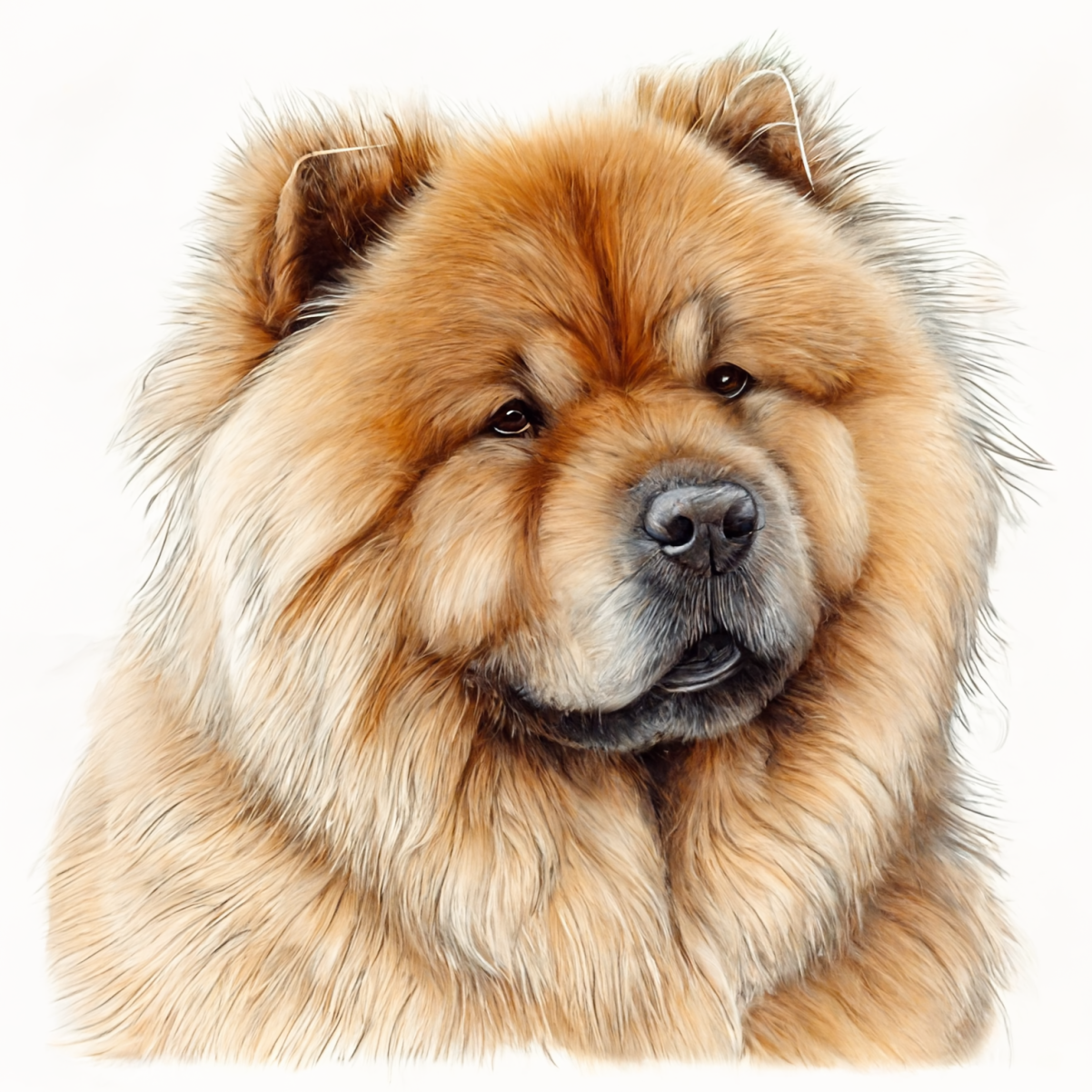
Chow Chow
Sled
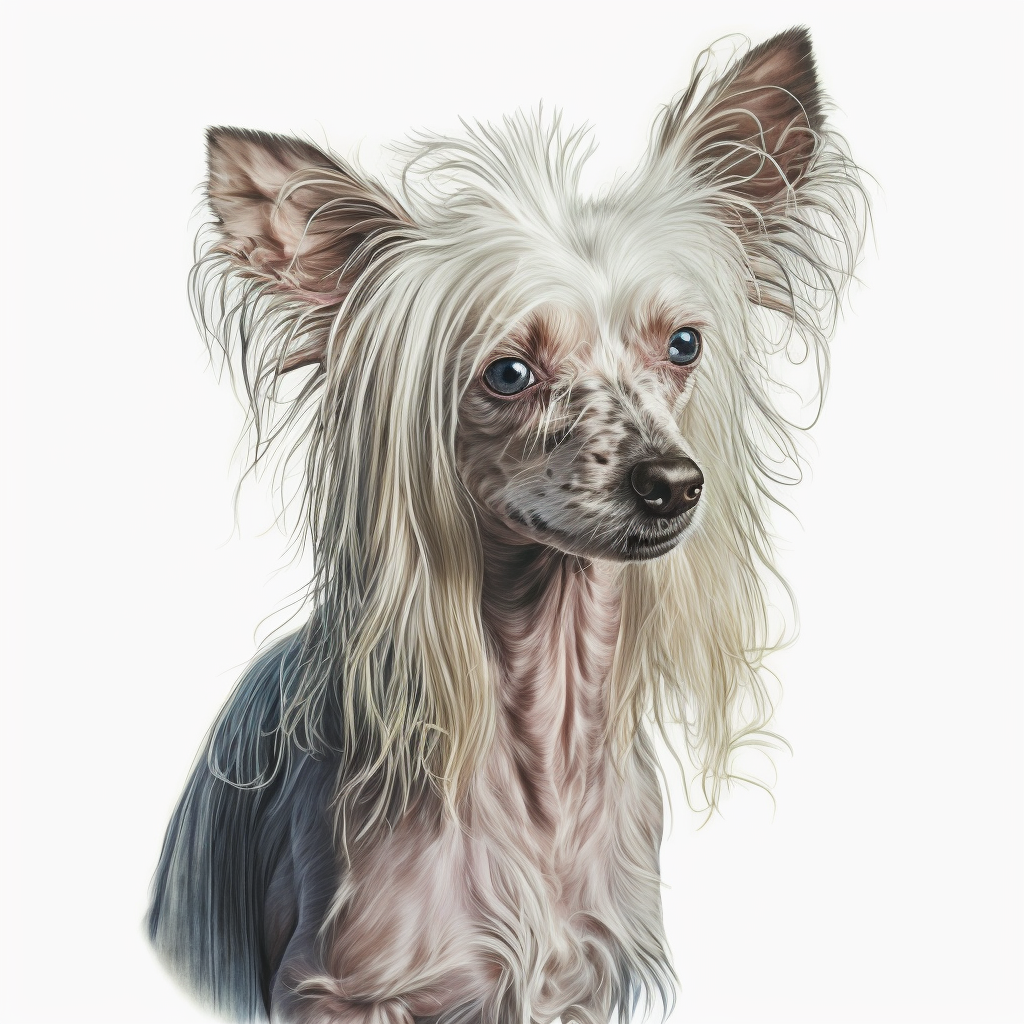
Chinese Crested Dog
Companion
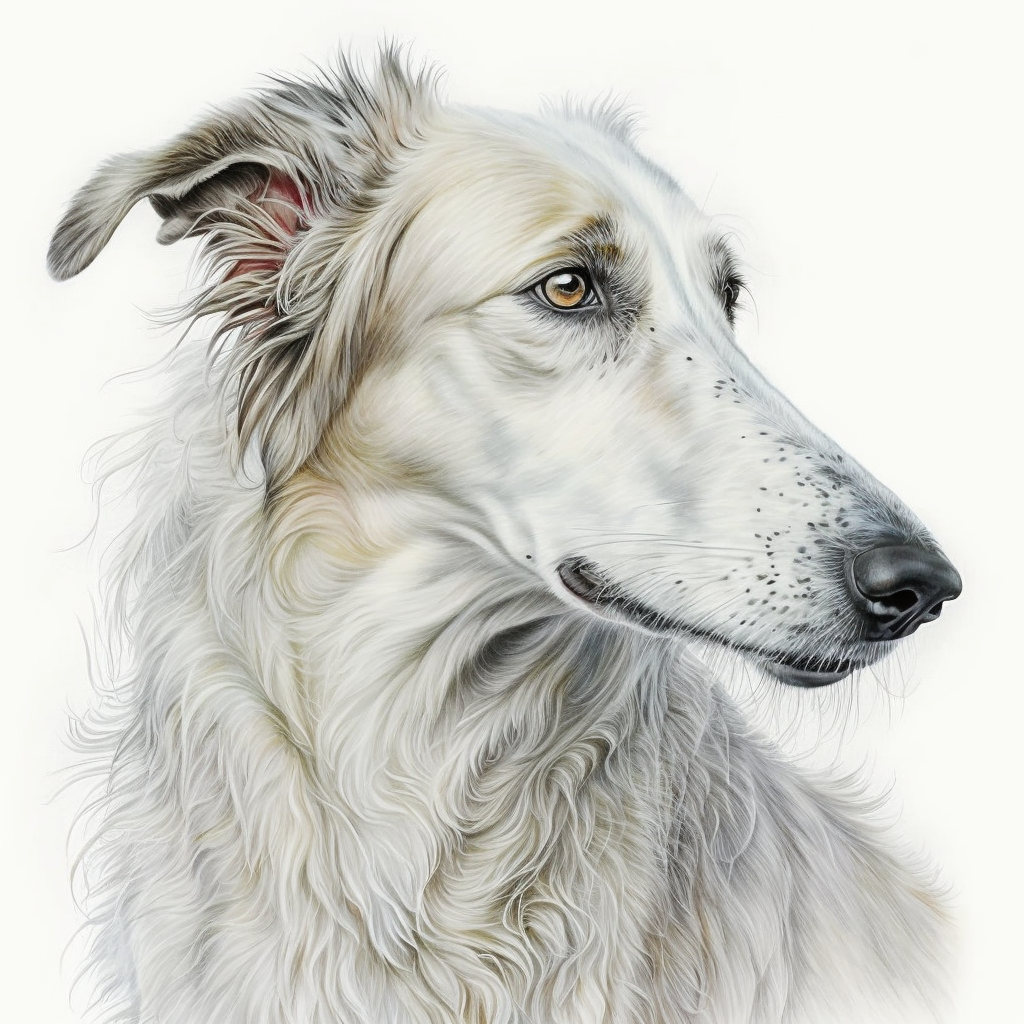
Borzoi
Hunting
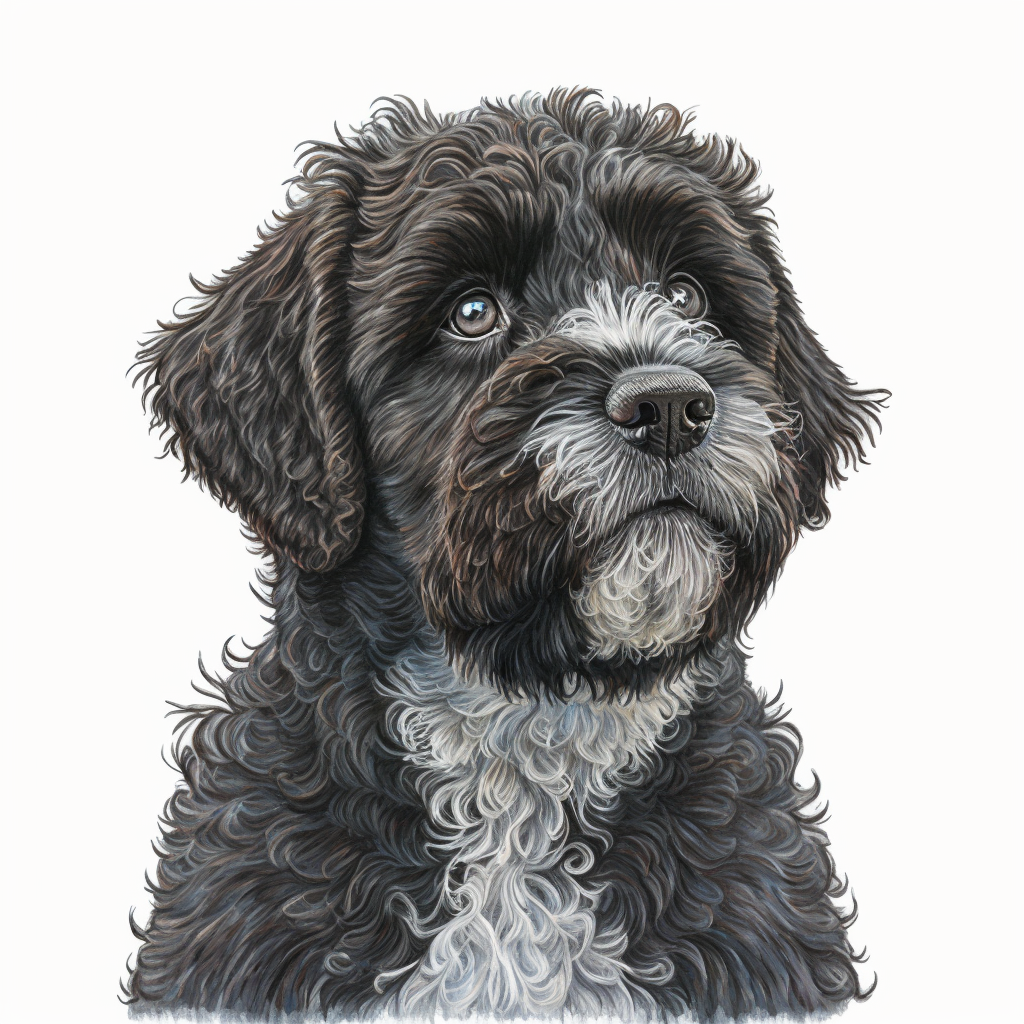
Portuguese Water Dog
Herding
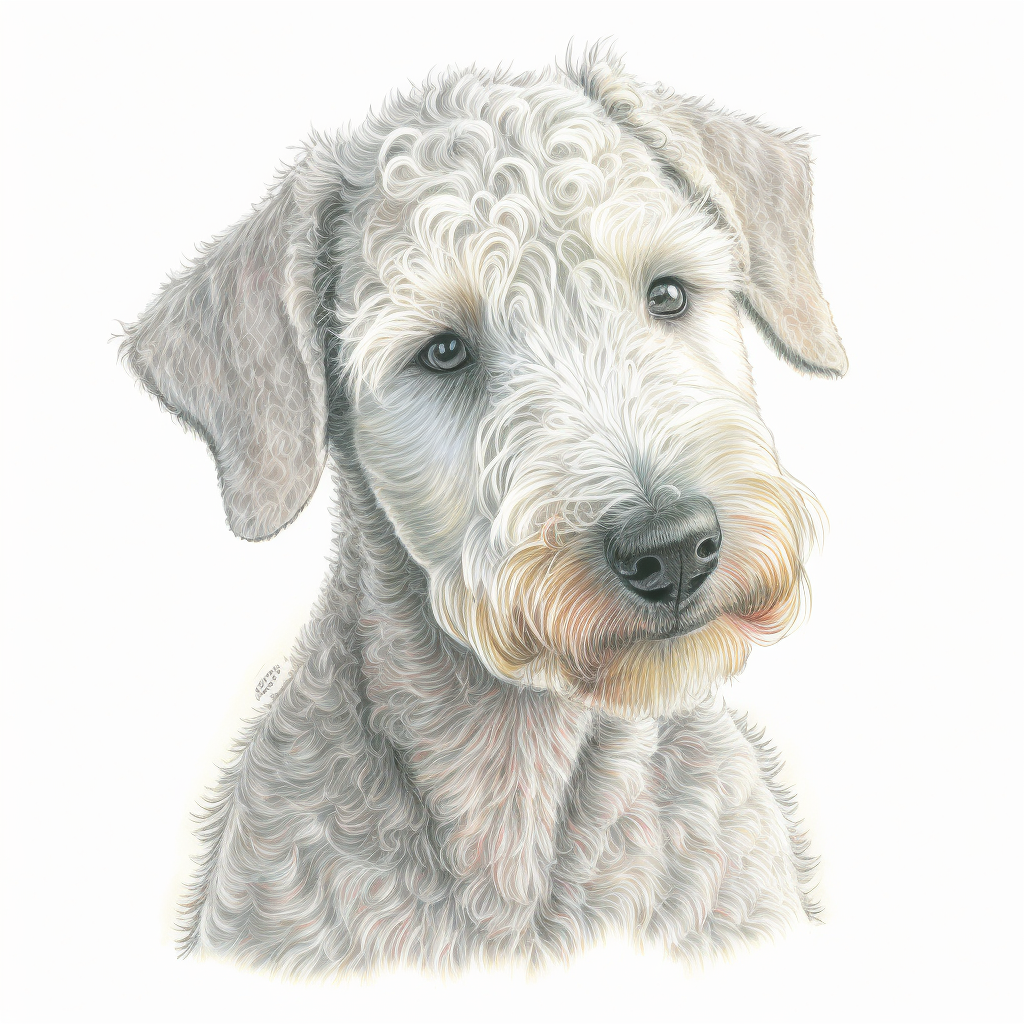
Bedlington Terrier
Hunting
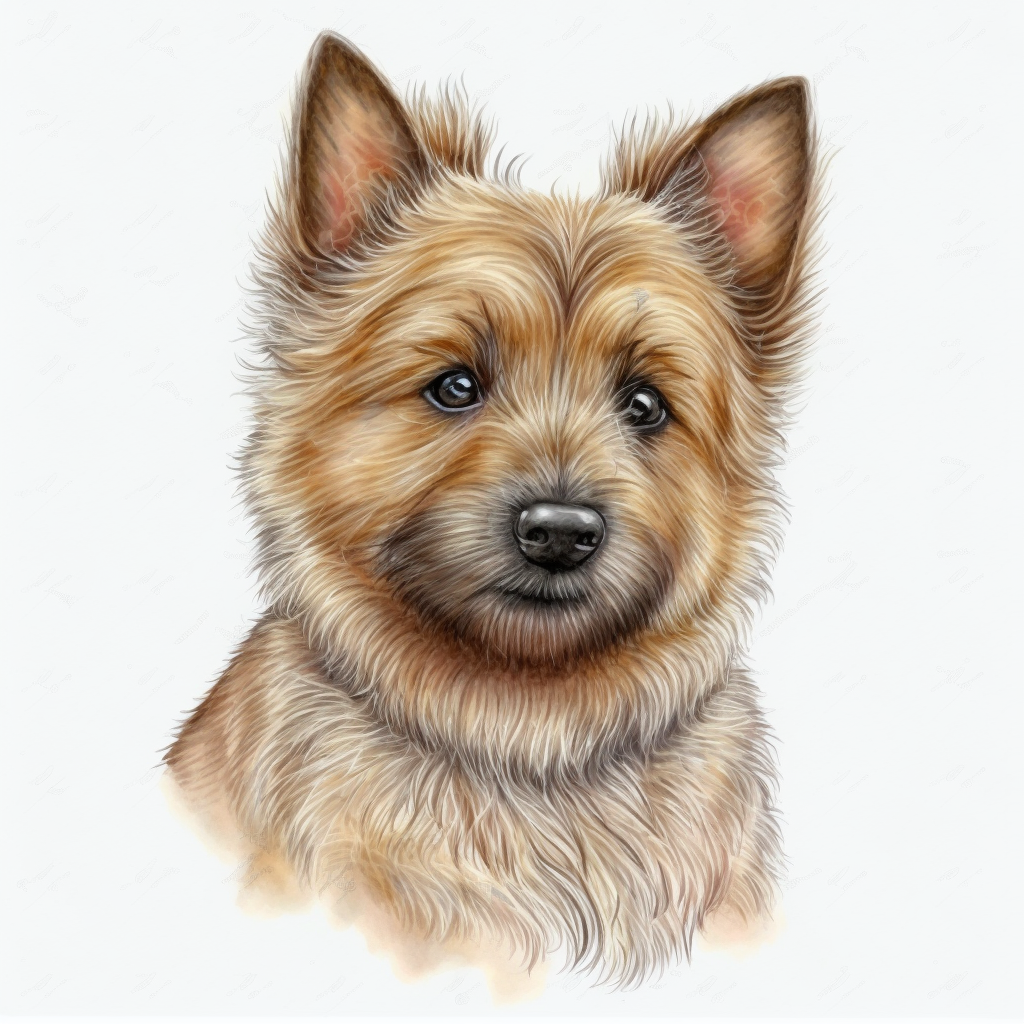
Norwich Terrier
Hunting
Afghan Hound
Herding
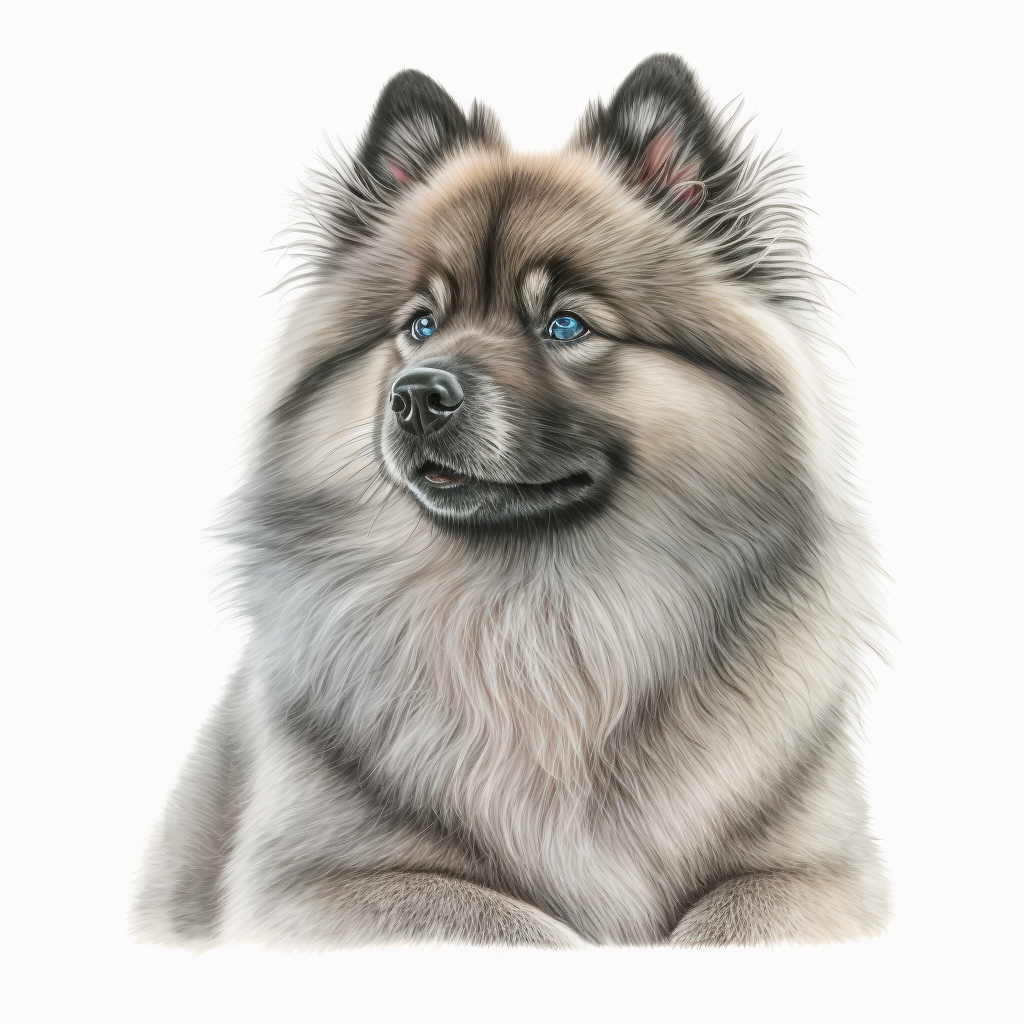
Keeshond
Companion
American Staffordshire Terrier
Fighting
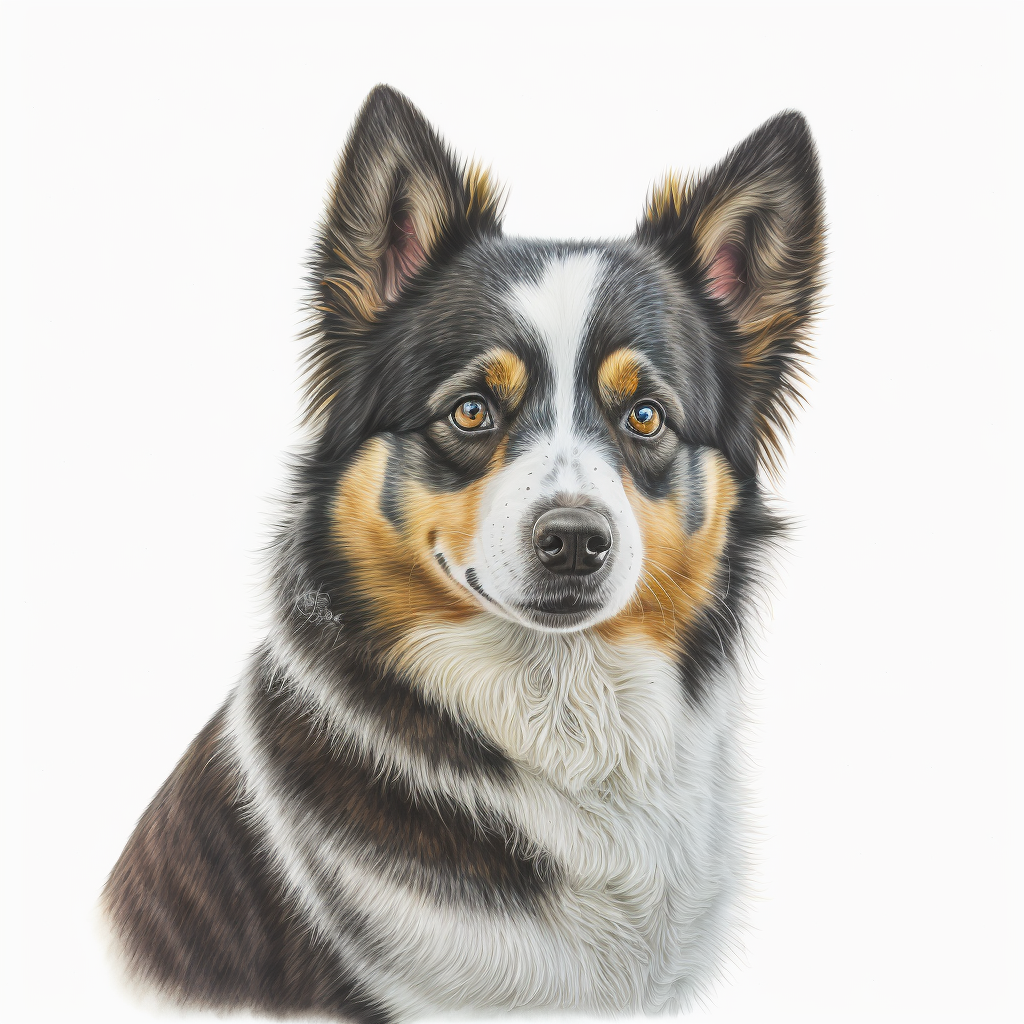
Lapponian Herder
Herding
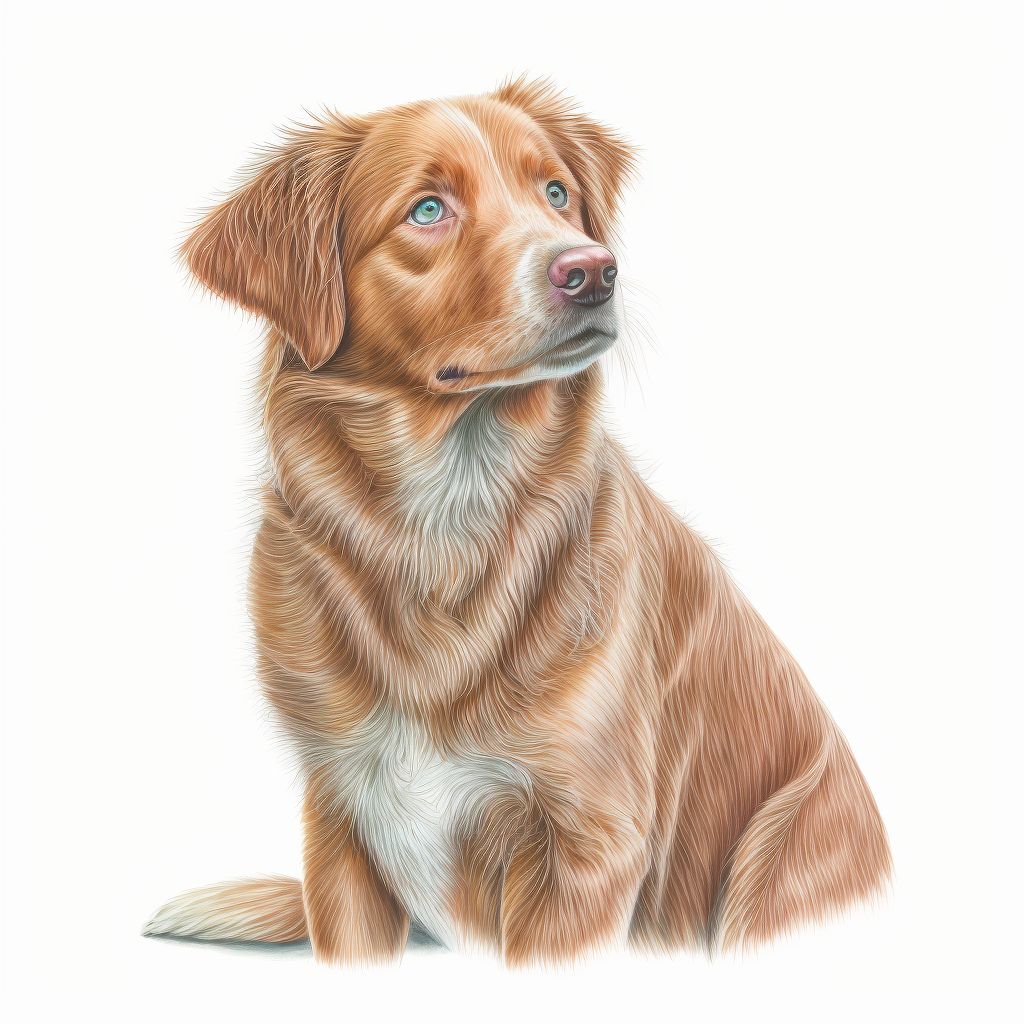
Nova Scotia Duck Tolling Retriever
Hunting
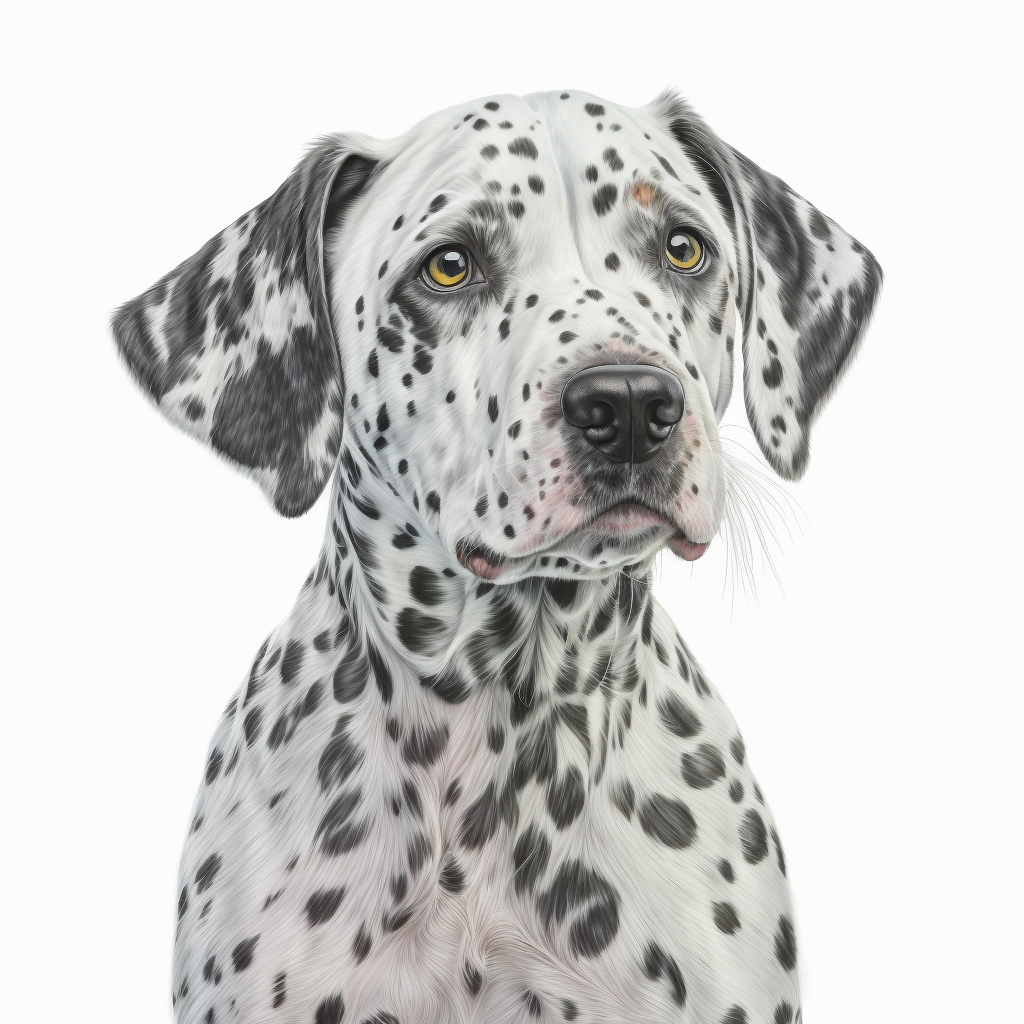
Dalmation
Hunting
While none of this is revolutionary, I would love to see more experiments evolving infinite canvases! Especially further exploring strengths from both the physical world (adding physical forces) and the digital world (malleable contents). If you have any fun ideas or examples, I'd love to hear at @wattenberger.